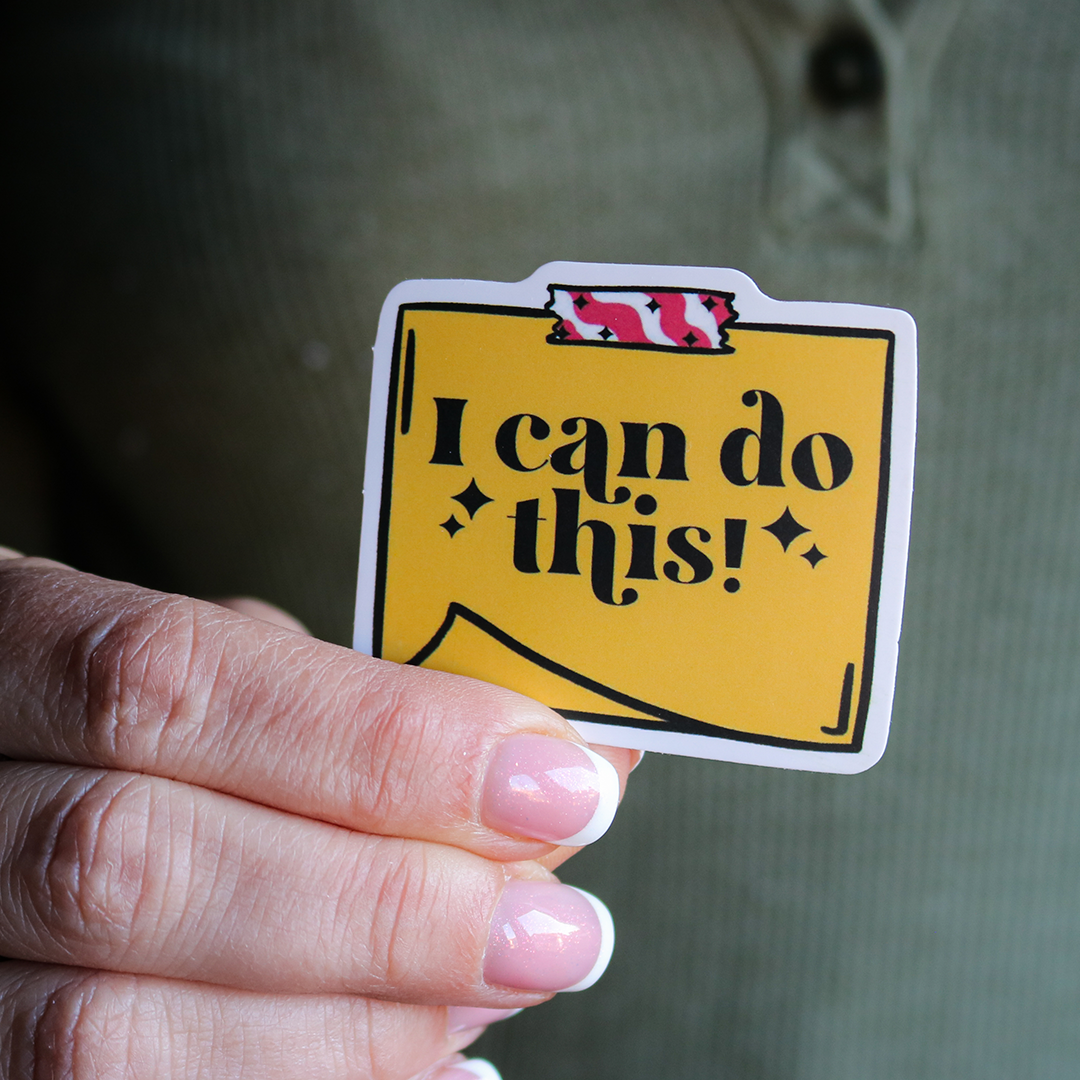Custom stickers are a great way to showcase a brand, express creativity, or add personality to any surface. However, not all stickers are created equal. A high-quality sticker stands out for its durability, print quality, and ability to maintain its look over time. Whether for business, promotional use, or personal projects, understanding what makes a great sticker can ensure your investment lasts.
1. Durable Material Selection
The foundation of any high-quality sticker is the material it’s printed on. There are two main categories of sticker materials:
-
Vinyl Stickers – The gold standard for durability and versatility. Vinyl is waterproof, weather-resistant, and can withstand exposure to the elements, making it ideal for outdoor use.
-
Paper Stickers – More cost-effective and suitable for indoor applications such as product packaging and short-term promotional use.
-
Polyester or BOPP (Biaxially Oriented Polypropylene) – Used for specialty applications like product labels that need to resist oil, water, or chemicals.
For long-lasting stickers, vinyl is the best option, especially if they will be used on cars, water bottles, laptops, or other frequently handled items.
2. High-Resolution Printing
A crisp, clean print is essential for a professional-looking sticker. High-quality stickers should have:
-
High DPI Printing (300 DPI or higher) – Ensures sharp lines and details.
-
Vibrant, Fade-Resistant Inks – UV-resistant or solvent-based inks prevent colors from dulling over time.
-
Proper Color Matching – CMYK printing ensures accurate color reproduction, while Pantone matching can be used for brand consistency.
Cheaply printed stickers may appear grainy or blurry and can fade quickly, especially when exposed to sunlight.
3. Protective Finishes & Coatings
A high-quality sticker should have a finish that enhances both its look and longevity. Common finishes include:
-
Glossy Finish – Offers a vibrant and eye-catching shine, great for colorful designs.
-
Matte Finish – Provides a smooth, non-glare surface for a more refined look.
-
UV Laminate – Protects against sun damage and extends the sticker’s lifespan.
-
Scratch-Resistant Coating – Helps prevent wear and tear, especially on high-contact surfaces.
Laminated stickers are especially important for outdoor applications or high-traffic areas like laptops and water bottles.
4. Strong, Reliable Adhesive
The right adhesive ensures that stickers stay in place without peeling or bubbling. There are different adhesive strengths based on the intended use:
-
Permanent Adhesive – Designed for long-term application; difficult to remove without leaving residue.
-
Removable Adhesive – Allows for repositioning and clean removal without damaging the surface.
-
High-Tack Adhesive – Used for rough or non-traditional surfaces where extra grip is needed.
-
Low-Tack Adhesive – Ideal for temporary stickers like window clings or promotional labels.
Choosing the right adhesive ensures that stickers stick where they’re supposed to and remove cleanly when needed.
5. Precision Cutting & Kiss-Cut Accuracy
A high-quality sticker isn’t just about print—it’s also about the cut. Precision cutting ensures clean edges and an easy peel experience.
-
Die-Cut Stickers – Custom-shaped stickers that follow the exact contour of the design.
-
Kiss-Cut Stickers – The sticker is cut through the top layer but remains attached to a larger backing, making peeling easier.
-
Full-Bleed Cutting – Ensures that colors extend to the very edge of the sticker without unwanted borders.
Poorly cut stickers with jagged edges or misaligned designs can reduce their professional appearance and usability.
6. Resistance to Environmental Factors
A quality sticker should be built to last, regardless of where it’s used. Key factors that enhance longevity include:
-
Waterproofing – Ensures the sticker remains intact even when exposed to rain, spills, or moisture.
-
UV Resistance – Prevents colors from fading due to sun exposure, which is essential for car decals and outdoor stickers.
-
Heat & Cold Resistance – Ensures stickers don’t crack, peel, or warp in extreme temperatures.
-
Chemical Resistance – Important for industrial or product labeling that may come into contact with oils or cleaning agents.
7. Application & Surface Compatibility
Even the best sticker can fail if applied to the wrong surface. High-quality stickers should adhere well to:
-
Smooth, clean surfaces like glass, metal, and plastic.
-
Slightly textured surfaces, depending on the adhesive used.
-
Non-porous surfaces for water-resistant applications.
Ensuring proper application instructions are provided with stickers can help customers achieve the best results.
Final Thoughts: Investing in Quality Stickers
A high-quality sticker is more than just a design printed on adhesive-backed paper. It’s a combination of premium materials, precision printing, strong adhesives, and protective finishes that ensure durability and visual appeal. Whether you need promotional stickers, product labels, or custom decals, paying attention to these factors will ensure your stickers not only look great but also last. Investing in well-made stickers means better brand visibility, customer satisfaction, and long-term value.

